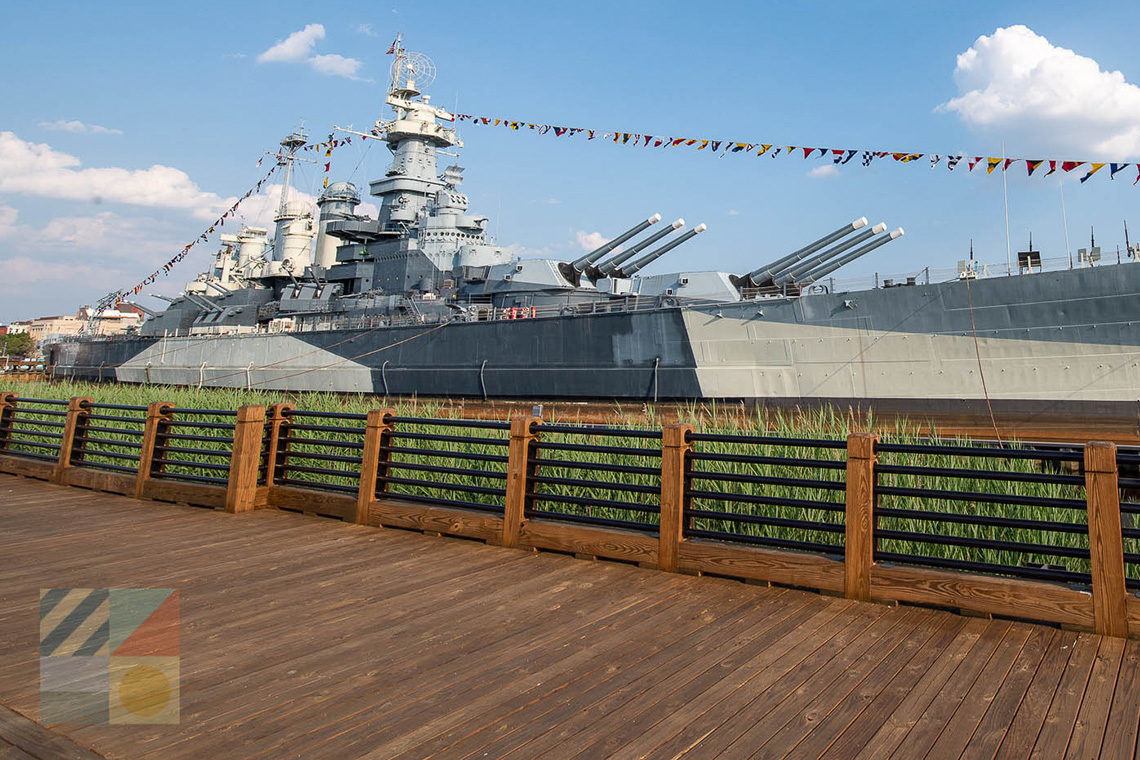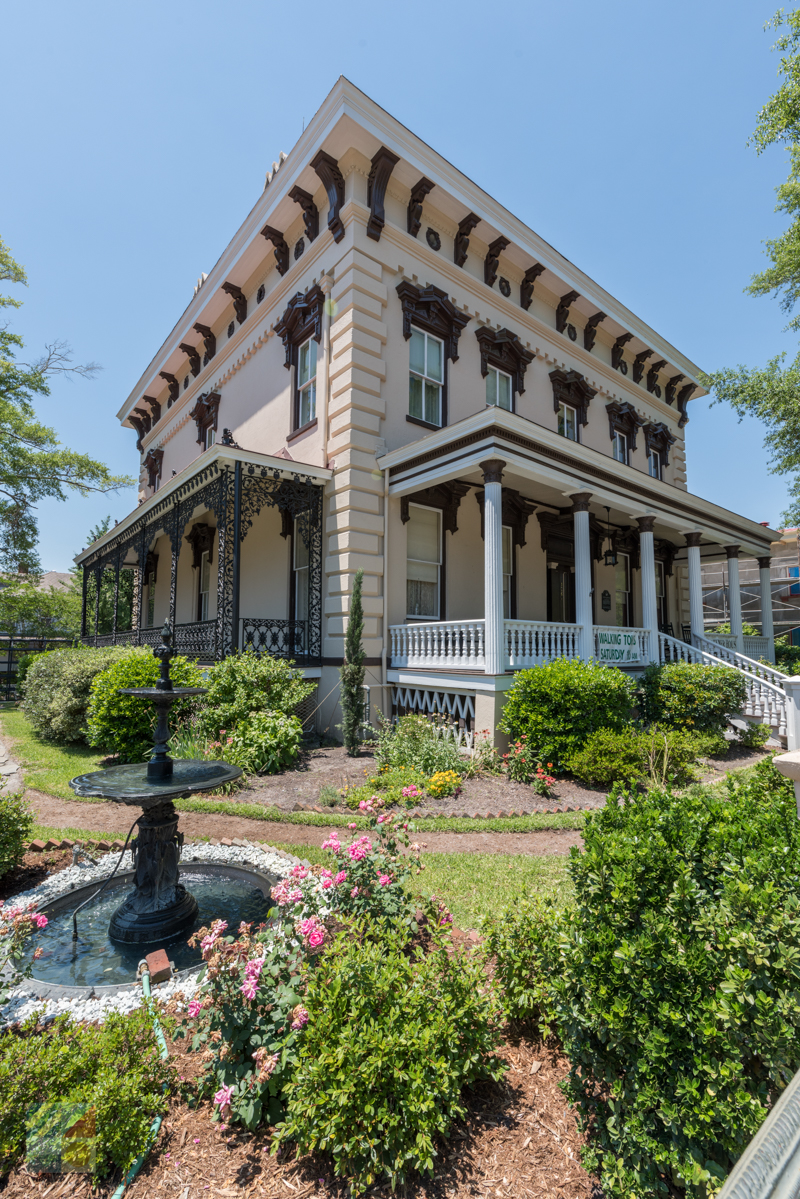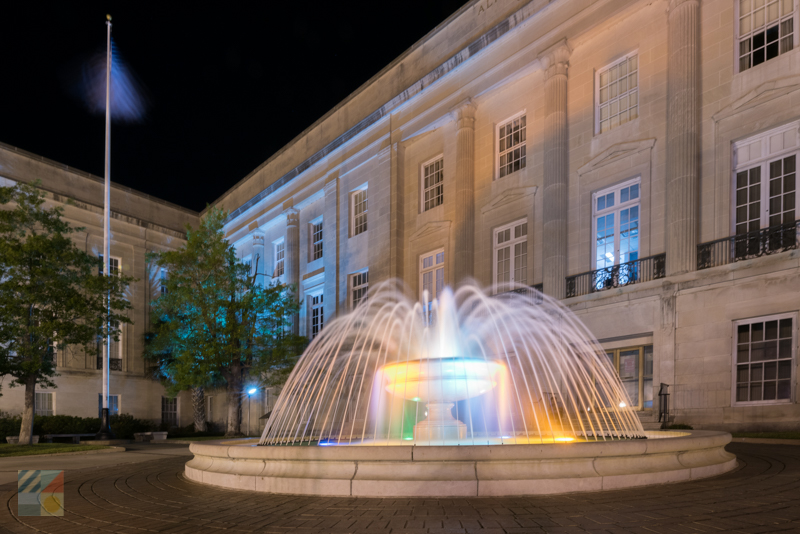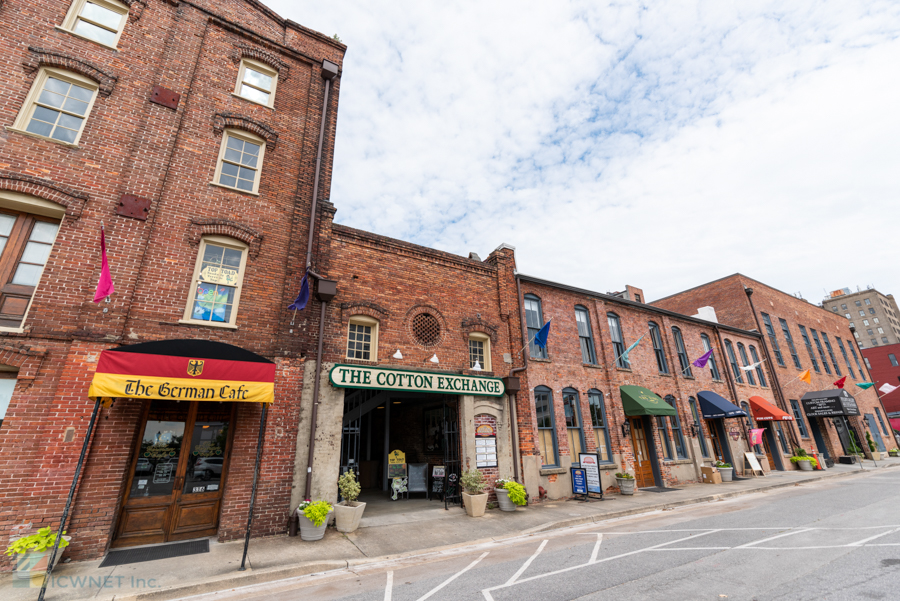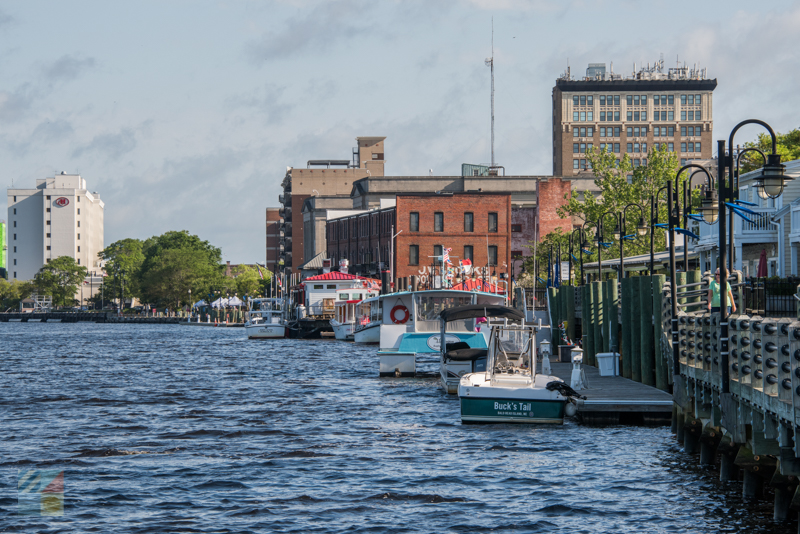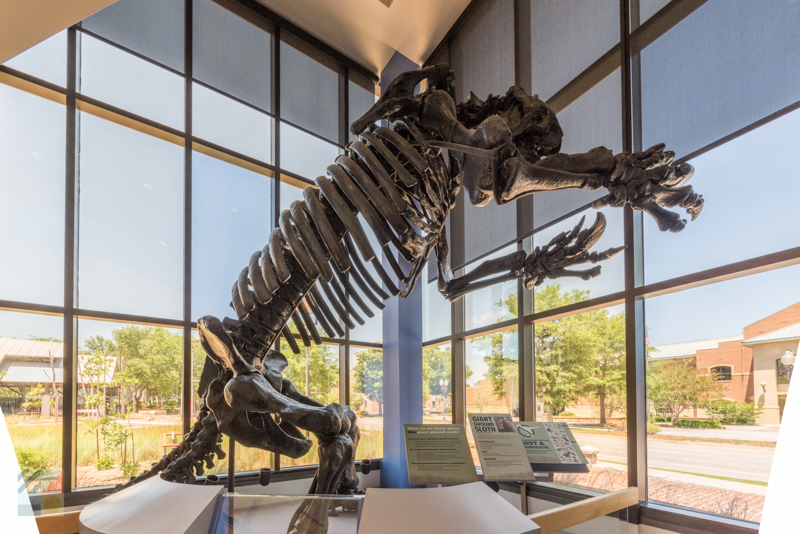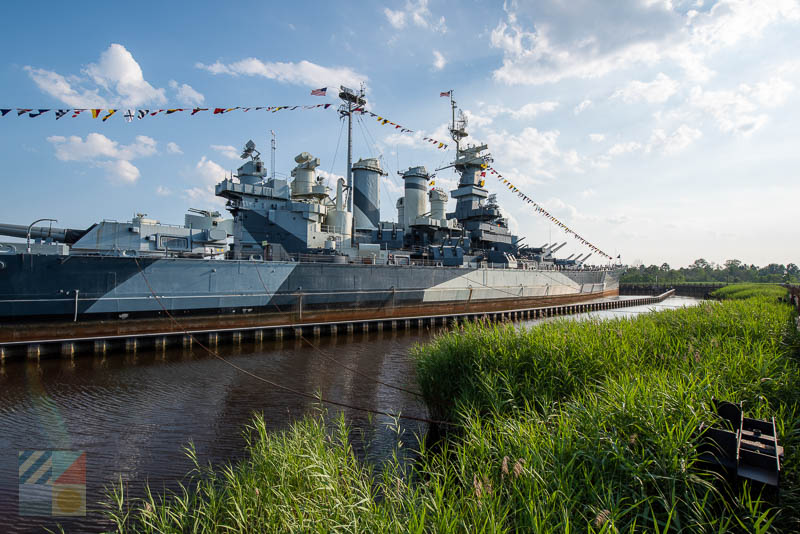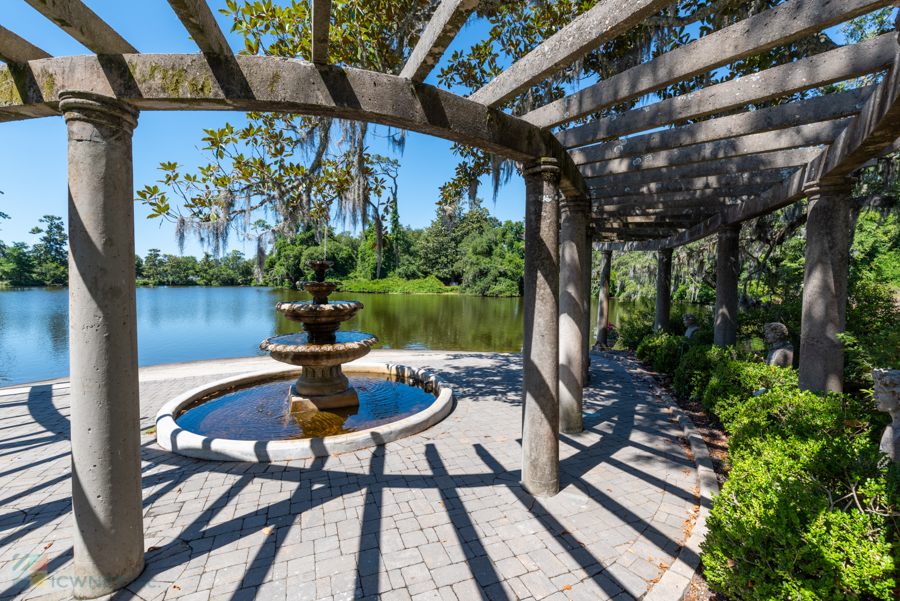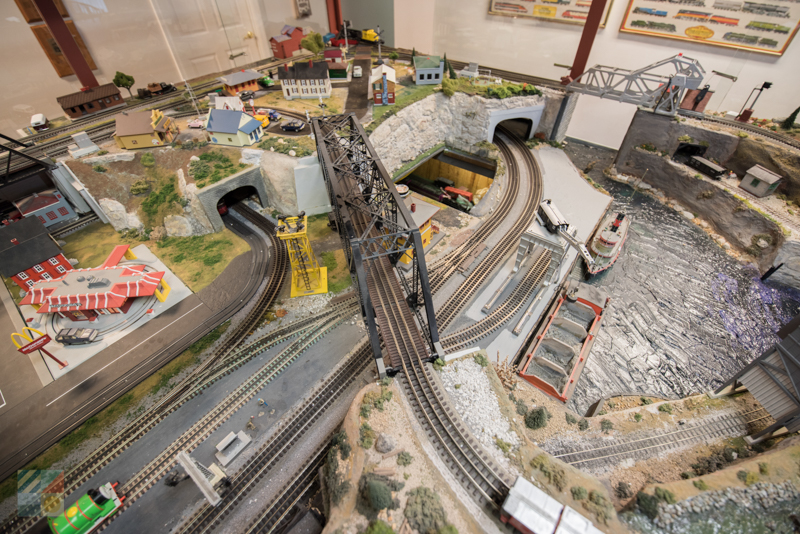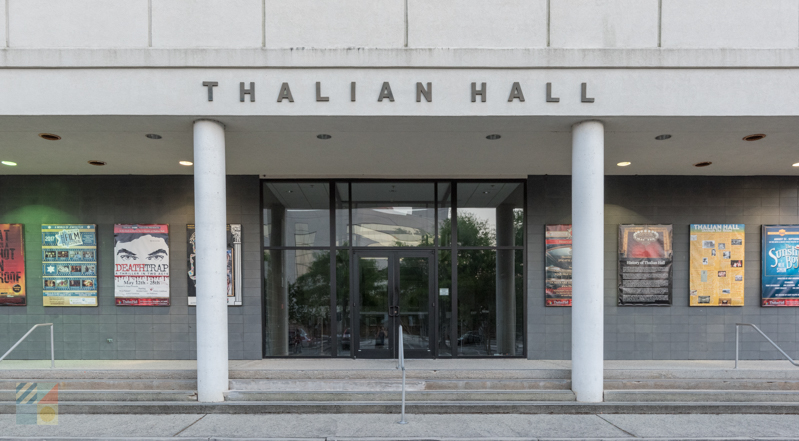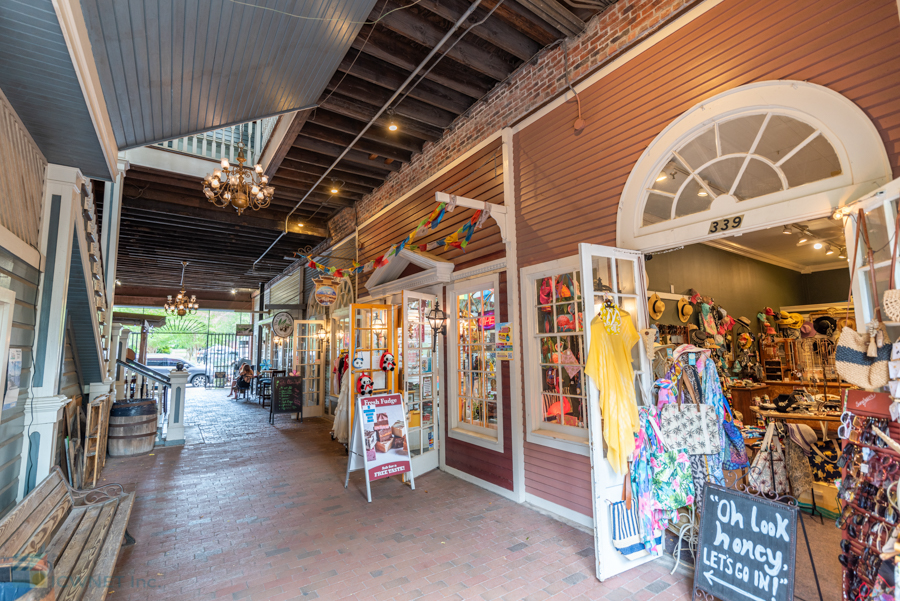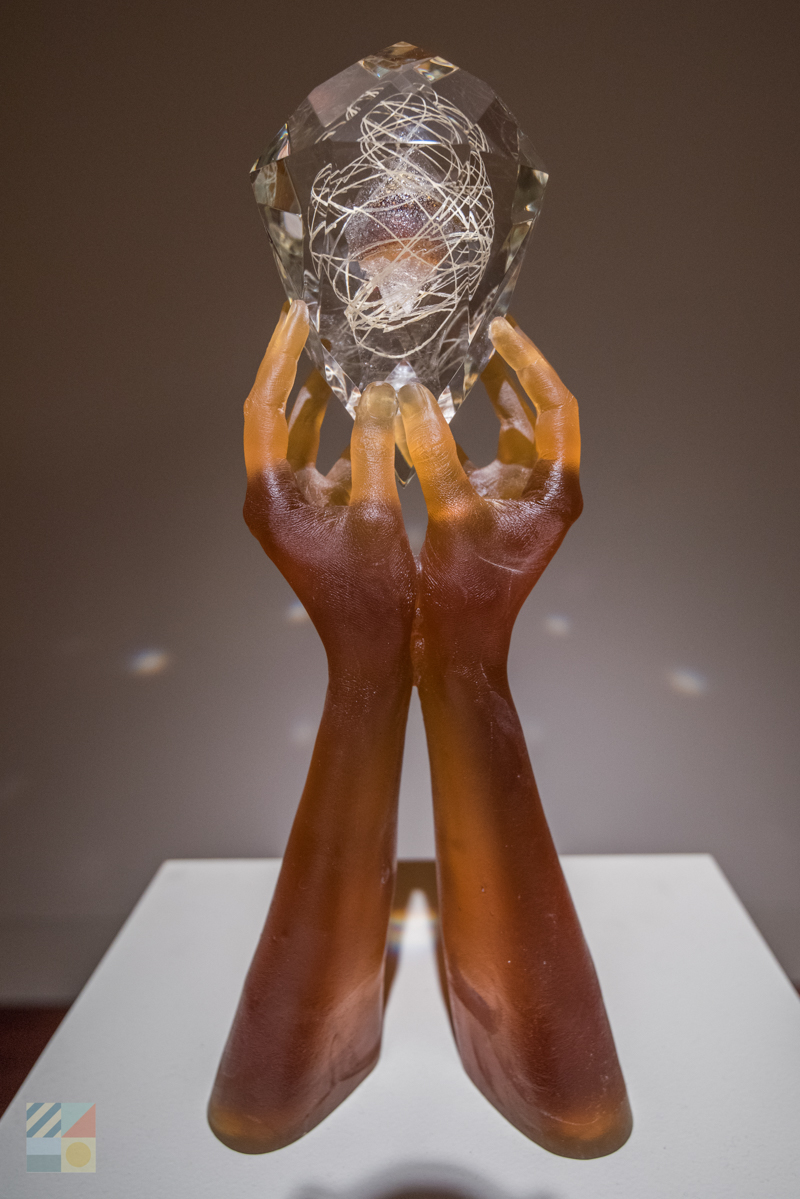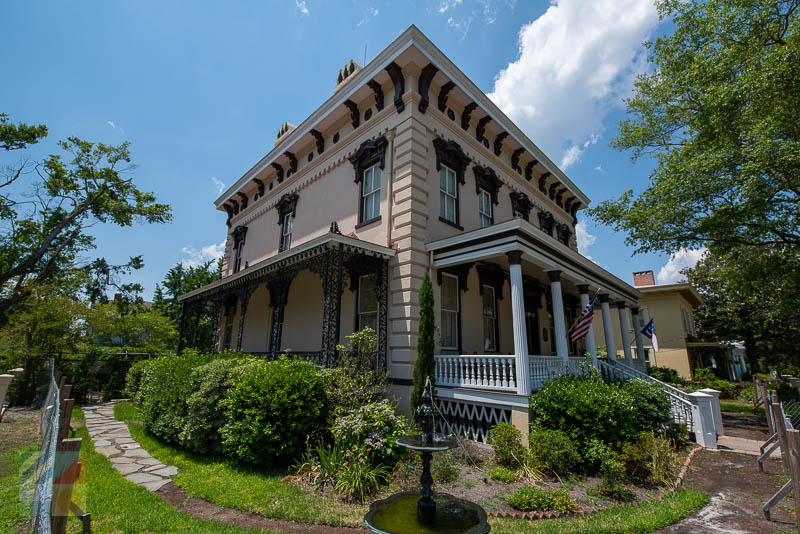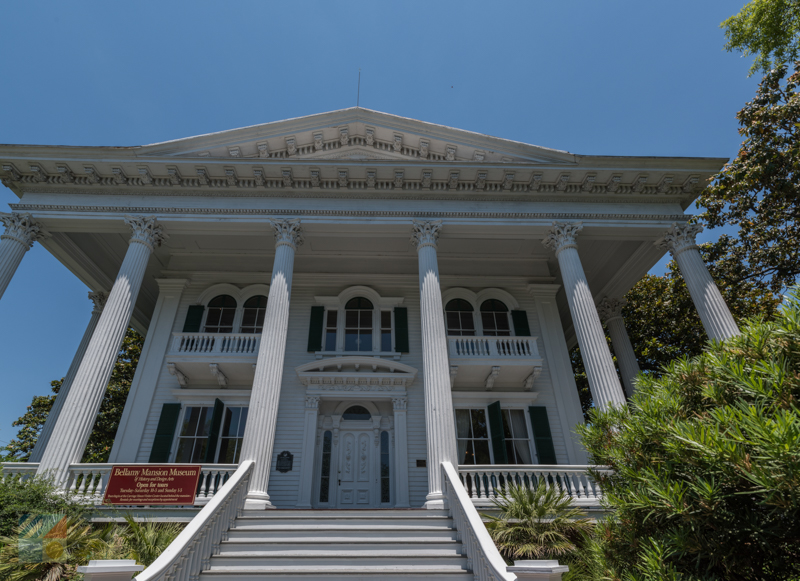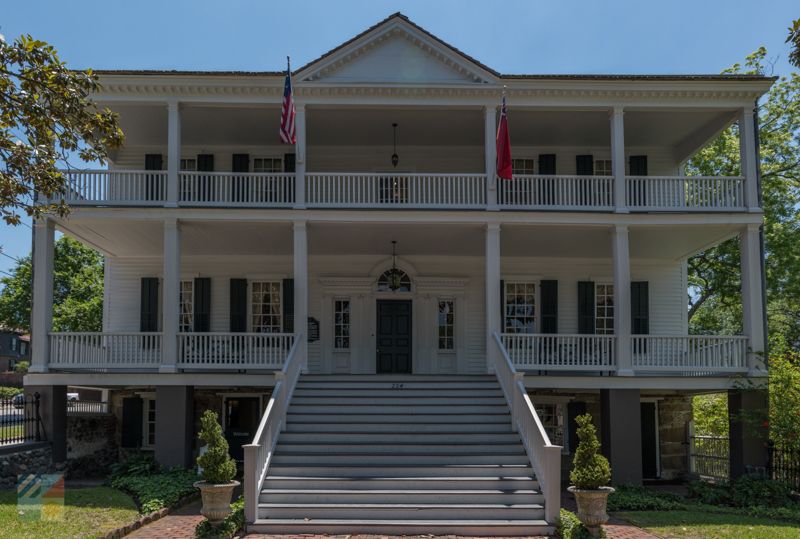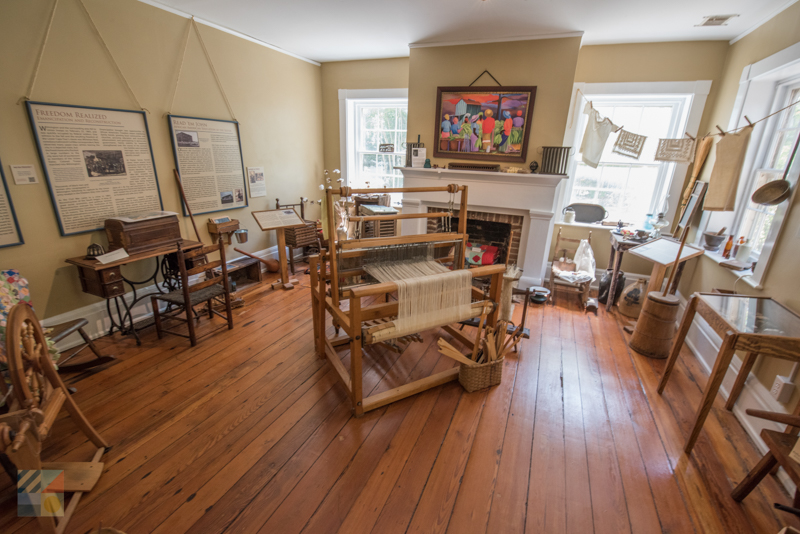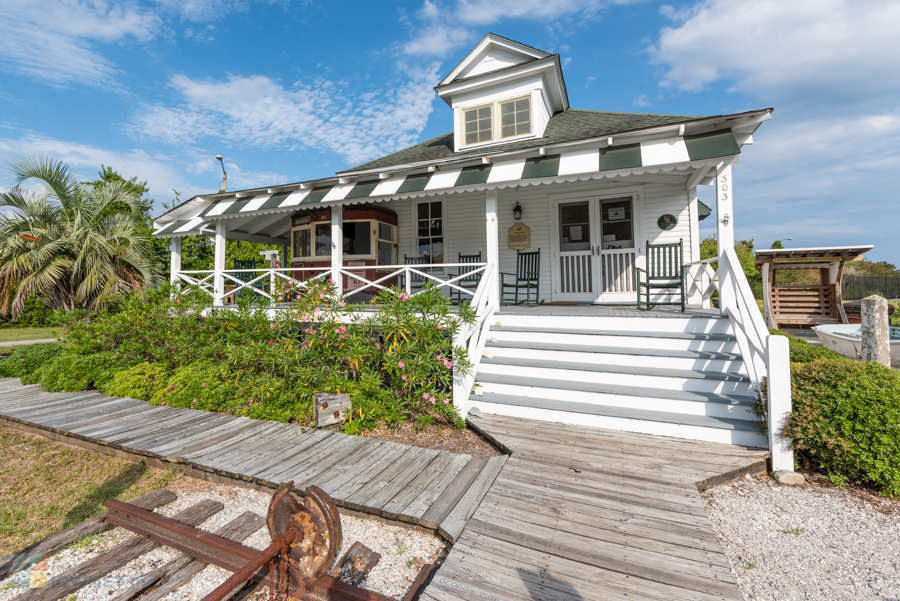Literally on the international map for nearly 500 years, the Cape Fear region is steeped in history, with ties to virtually every important American era from the first wave of settlers to the Civil War. Always renowned as an important port for the southern states, the myriad of stories to be found in the Cape Fear region truly span the centuries, and provide fascinating insight into this unique coastal community.
On your next stay in the Cape Fear area, discover the roots of famed towns like Wilmington, Carolina Beach, and Wrightsville Beach, and watch as the story of America unfolds. From historic homes to Civil War battlefields, history is alive and well in the iconic Cape Fear region.
A Brief History of the Cape Fear Area
Books have been written on the various chapters of Cape Fear’s history, but the region’s story arguably begins with its “discovery” by French explorer Giovanni da Verrazano in 1524, and later Spanish explorer Lucas Vasquez de Ayllon who entered the river in 1526.
The area was first settled in 1664, but a permanent settlement didn’t take root until 1726, when grants were issued for roughly 9,000 acres in the area to a group of prominent settlers. A community soon flourished next to the river, which was initially founded by the first royal governor, George Burrington, and which changed names from "New Carthage” to "New Liverpool” to “New Town.” When the town was finally incorporated around 1740, it had garnered a new name which eventually stuck – Wilmington.
The area continued to grow, and the Cape Fear River continually played an important role in the area’s landscape. As a popular port area, shipping related trades flourished, and the region soon attracted settlers from all over America and the world, even though the outlying beaches – present day Wrightsville Beach and Carolina Beach – remained bare.
By the time the Revolutionary War arrived, Wilmington has cemented its status as a critical port community, and it soon became the site of local protests against newly passed British laws like the Stamp Act. After the war ended, Wilmington’s stature as a hub expanded – a reputation that was bolstered when a new railroad line was created that linked the Cape Fear River with the state capital in Raleigh. The railroad, which was completed by 1840, would inevitably become the longest single track railroad in the world.
The antebellum period brought even more prosperity to the region, but the Civil War brought a sudden halt to the activity. The Cape Fear River was immensely important to the south as a port for goods and supplies, and two forts – Fort Fisher south of present day Kure Beach, and Fort Caswell in the Brunswick area – protected the valuable coastline. Wilmington became a famed hideout and route for blockade runners, and numerous attempts were made by Union forces to stop the flow of goods into the Cape Fear area, and essentially shut the port town down for good.
The Union’s attempts were eventually successful, as on January 15th, 1865, Union forces engaged the soldiers at Fort Fisher in the largest amphibious battle during the Civil War. The fort eventually fell, (and nearby Fort Caswell was destroyed by its own soldiers to keep the arsenal from falling into enemy hands), and the rest of the Cape Fear region soon followed. Indeed, the end of Fort Fisher signaled the end of the war for the south, as the Confederates surrendered just months later.
After a few tense decades, the Cape Fear area started to grow once again in the early 20th century, except this time, the growth extended to the coastline. In the late 1800s / early 1900s, developers started to envision a coastal destination with grand pavilions that would attract visitors from Wilmington and beyond, and the town of Wrightsville Beach was subsequently born. Carolina Beach soon followed, with the grand Oceanview Hotel constructed in 1929, and soon the two beach towns were renowned in regional circles as the place to go for ample fun in the sun, exceptional entertainment, and convenient seashore expeditions.
By the latter half of the 20th century, the area’s prominence as a port town had dwindled, but its reputation as a popular vacation spot had taken hold. New projects were initiated to draw visitors to the area, including the mass development of beach homes, resorts and condos along the coastline, and the establishment of new attractions like the USS North Carolina Battleship and the mile-long Wilmington Riverwalk along the riverfront in Wilmington.
Today, the area is a fascinating mix of the old and new, with history still celebrated through iconic landmarks, museums, and one of the largest historic districts in the country in the heart of downtown Wilmington. With miles of historic terrain to explore, but a modern atmosphere, the Cape Fear region is truly a destination where the old and new are effortlessly combined.
Historic Destinations in the Cape Fear Area
Visitors who want to uncover the local history in depth will have a hard time deciding where to go first. Flooded with historic residences, museums, and iconic sites, the Cape Fear region is truly a history buff’s dream.
Start your exploration into the past by making a trip to these popular spots and attractions where the roots of the Cape Fear area are alive and well.
Wilmington Downtown Historic District
Renowned as one of the largest historic districts in the country, the Wilmington Historic District extends for over 230 city blocks, and features more than 875 contributing buildings as well as 28 contributing sites. Tours of all varieties are available to uncover the stories behind the structures, which includes walking tours, Segway tours, carriage / trolley tours, and even boat tours that launch from the Cape Fear Riverfront
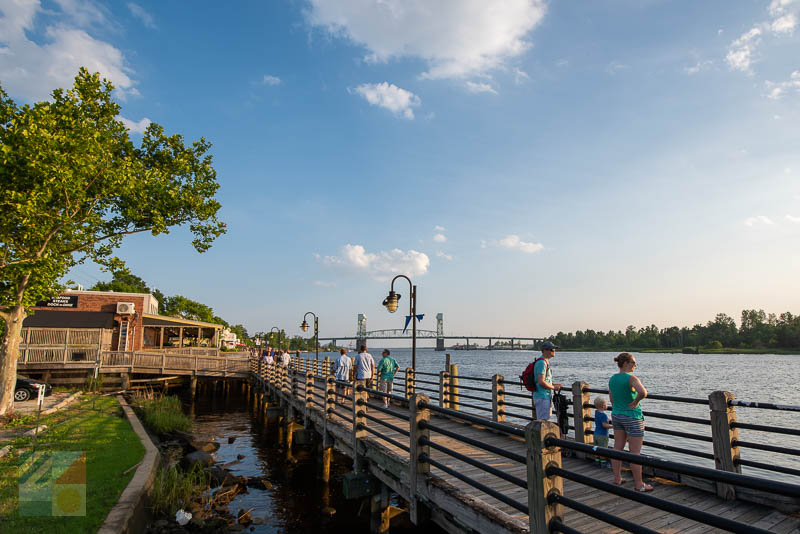
Wilmington Riverwalk
Take a stroll along the mile-long Wilmington Riverwalk for a fascinating perspective of the collection of historic sites along the Cape Fear River. Cool attractions of note along this boardwalk that borders the river’s edge include the USS Battleship North Carolina, The Cotton Exchange, and a front row of historic downtown buildings.
Cape Fear Museum
Established in 1898 and famed as one of the oldest museums in the state, the Cape Fear Museum features a wealth of historic exhibits which includes displays on the Civil War years, a model of the Wilmington downtown waterfront circa 1850, and stories about the region’s brushes with storms and wars. Special programs and rotating exhibits on unique chapters of Cape Fear history may also be available.
USS North Carolina Battleship
Anchored along the Cape Fear Riverfront, the massive USS North Carolina is a historic battleship that had an impressive run in World War II. Put into service in 1940, and earning 15 battle stars during its tenure – more than any other battleship during the war – the vessel currently serves as a living history museum, with original engine rooms, galleys, and decks transferred into real-life historical exhibits.
Airlie Gardens
Expanding for 67 acres, the Airlie Gardens were once a private garden landscape for the Pembroke Family in the early 1900s, but today, the site is one of the Wilmington area’s most beloved attractions. Visitors can stroll through stunning gardens while admiring original historic outbuildings and structures, as well as ancient “residents” including the roughly 500-year-old oak tree named the Airlie Oak.
Wilmington Railroad Museum
This unique museum that’s found within an original brick warehouse has centuries of exhibits and stories on the Port City’s once famed reputation as the home of the longest single track railroad in the world. This rich history is explored in detail through fascinating exhibits, which includes a kids’ hall, a model hall, and a real locomotive, ACL boxcar, and caboose which are found on the museum premises.
Thalian Hall for the Performing Arts
Established in 1858 as the premier opera house for the Cape Fear area, the regal Thalian Hall for the Performing Arts still wows theater patrons with its impressive face and ornate details throughout. Running and continually operational for more than 150 years, visitors can soak up the stunning architecture while taking in grand performances by visiting dance companies, musicians, orchestras, comedians, and much more.
The Cotton Exchange
This current shopping plaza in the heart of Downtown Wilmington was once the home of the Cape Fear Flour and Pearl Hominy Mill, and the collection of eight brick buildings, which were constructed in the late 1800s, still retain all their architectural details and expansive layout. Visitors can marvel at the original structure while exploring a collection of contemporary shops and boutiques, making The Cotton Exchange a fun destination for visitors of all tastes.
Cameron Art Museum
Located in the heart of Wilmington, the Cameron Art Museum has a series of permanent and / or rotating exhibits that outline the history of the region through period pieces and masterpieces from all across the southeast. In addition, the museum grounds are the site of a Civil War battle, which visitors can explore with a self-guided tour of the premises.
Latimer House Museum and Gardens
Built in 1852, this symmetrical historic Wilmington residence features 14 rooms which are outfitted with more than 600 antiques and historical objects. Visitors can explore the home in-depth, which has also been the home base of the Cape Fear Historical Society since 1963.
Bellamy Mansion Museum
Built in 1859-1861, the Bellamy Mansion is a stunning example of (barely) pre-Civil War architecture, and was also the temporary home of Union troops when they briefly occupied the Cape Fear region. The home has since been restored, and visitors can tour the main structure itself as well as the original slave quarters, a carriage house, and period gardens.
Burgwin-Wright House Museum and Gardens
This 1770 residence in downtown Wilmington is one of the oldest homes open to the public, and serves as a popular museum that’s outfitted with a stunning array of historical antiques and furnishings. Visitors can embark on a self-guided or docent led tour of the home, and learn of its significance which includes its status as the temporary headquarters for Lord Cornwallis during the Revolutionary War.
Poplar Grove Plantation
Located in the northern Cape Fear region, the Poplar Grove Plantation was a famed local plantation in the 1800s which has been converted into a museum that replicates life for this era’s early residents. Visitors can tour the original main home as well as a host of outbuildings and exterior features which includes 835 acres of landscaped grounds.
Wrightsville Beach Museum of History
Located in the coastal town of Wrightsville Beach and housed within a historic beach cottage, the Wrightsville Beach Museum of History explores the roots of the region’s earliest vacationers through antique-stocked room meant to replicate the beach houses of the era, a host of artifacts and memorabilia, and special exhibits on iconic attractions, like the Lumina Pavilion.
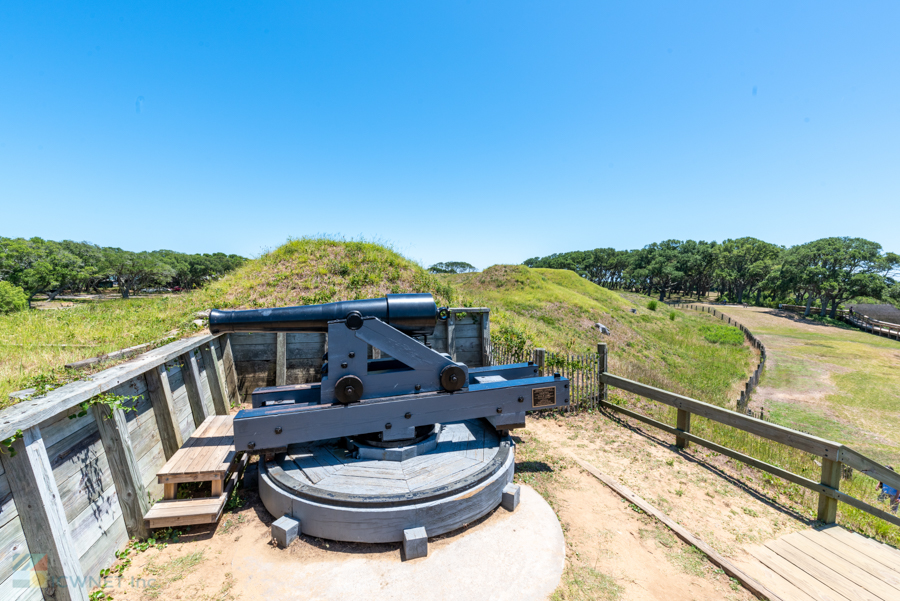
Fort Fisher Historic Site
Found just south of Kure Beach, the Fort Fisher Historic Site is the home of the former Fort Fisher, which visitors can explore through an interpretive trail, as well as still-visible remnants of the earthen works fort itself. A visitors’ center is also located on-site, which is stocked with period artifacts and relics from the fort’s Civil War heyday as one of the most important coastal strongholds for Confederate North Carolina.
History is evident in virtually every corner of the coastal Cape Fear region. From the museums and historic sites where artifacts from the past can be admired, to the remnants of battlefields and forts that are still dotted around the landscape, the stories of Cape Fear are hidden in plain sight for visitors throughout the region.
Spend an afternoon exploring the local museums, or enjoying a tour of the historic streets that are found in the famed port city. In the Cape Fear region, discovering the stories behind the beautiful setting is all part of the fun.

